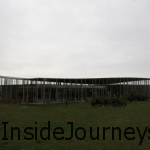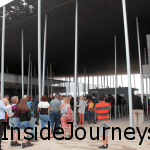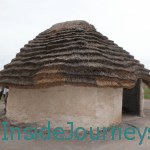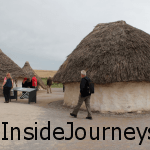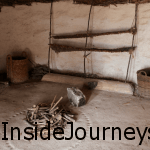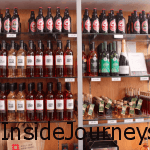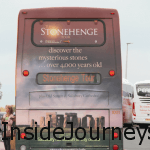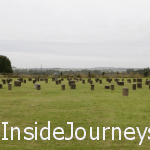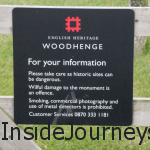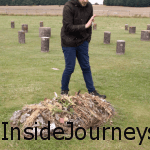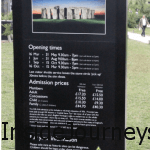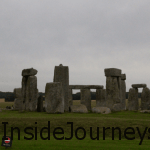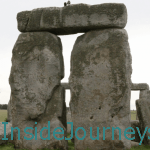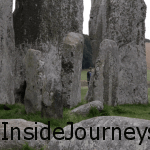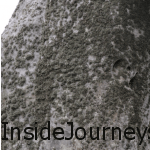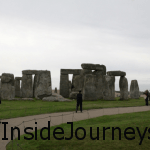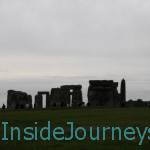Stonehenge was a bit of a disappointment when I saw it in 2011 and for several days after, I tried to figure out why.
One thought was that Stonehenge could not compare to the inflated images I had in my head – images that had been shaped by television, stories I had read and my own very fertile imagination.
Another was that my mind was still fresh from seeing the Eiffel Tower a few days earlier. Unlike Stonehenge, I hadn’t longed to see it or created personal myths around it. It was a blank slate, and when I finally saw it up close, its size left me speechless – and that’s not easy.
The Eiffel Tower soared over the city of Paris like the centerpiece on a spread of buildings against which I could make a quick, visual comparison. I could appreciate its towering scale.
Except for a line of trees in the distance, there is no structure near Stonehenge that I could compare it to, and the flat, open plain that surrounds it makes its 50-ton stones, which are nearly 30 feet high, seem stunted.
The entrance to the monument was unremarkable. My only memory of it was seeing a drawing depicting how Stonehenge would have looked when it was intact.
The Repackaging of Stonehenge
Since my last visit, Stonehenge has had a long overdue overhaul (from some articles I read, it was nearly 30 years in the making).
A handsome new £27,000,000 ($41,000,000) Visitor Center, which echoes the design of Stonehenge’s iconic trilithons, now greets visitors. It houses a ticket office, exhibition space displaying more than 250 artifacts found at the site, a gift shop, gallery, café and restroom facilities.
Since most people never get to see Stonehenge from inside the circle, there is an audio-visual presentation that simulates the view during the summer and winter solstices. During my visit in August, there was an exhibition of postcards, guidebooks and photographs chronicling the different ways that we have experienced and interpreted Stonehenge over the years.
A recreated Neolithic village of thatched cottages occupies a prominent space just outside the Visitor Center. Appropriately, there’s a gigantic sarsen stone that visitors are invited to try to pull. Even though the stone sits atop logs – experts’ best theory of how the builders of Stonehenge moved those massive stones – it was still difficult to move it.


To provide access to the now roped-off stone circle, a trolley service ferries visitors the mile and a half trip from the Visitor Center. The monument is also wheel-chair accessible.
Rounding out the repackaging of Stonehenge, is a larger parking lot that can accommodate cars and tour buses. A minor road that ran through the site has also been closed.
These improvements make Stonehenge the first class facility it always should have been. However, I was shocked by the crass commercialization that it has embraced. To me, mead and curd fit better into the milieu they’ve created than Stonehenge water, shortbread or cheap-looking Made in China baubles.
Linking this week with Travel Photo Thursday hosted by Nancie at Budget Travelers Sandbox, Jan at Budget Travel Talk, Ruth at Tanama Tales and, Rachel at Rachel’s Ruminations

